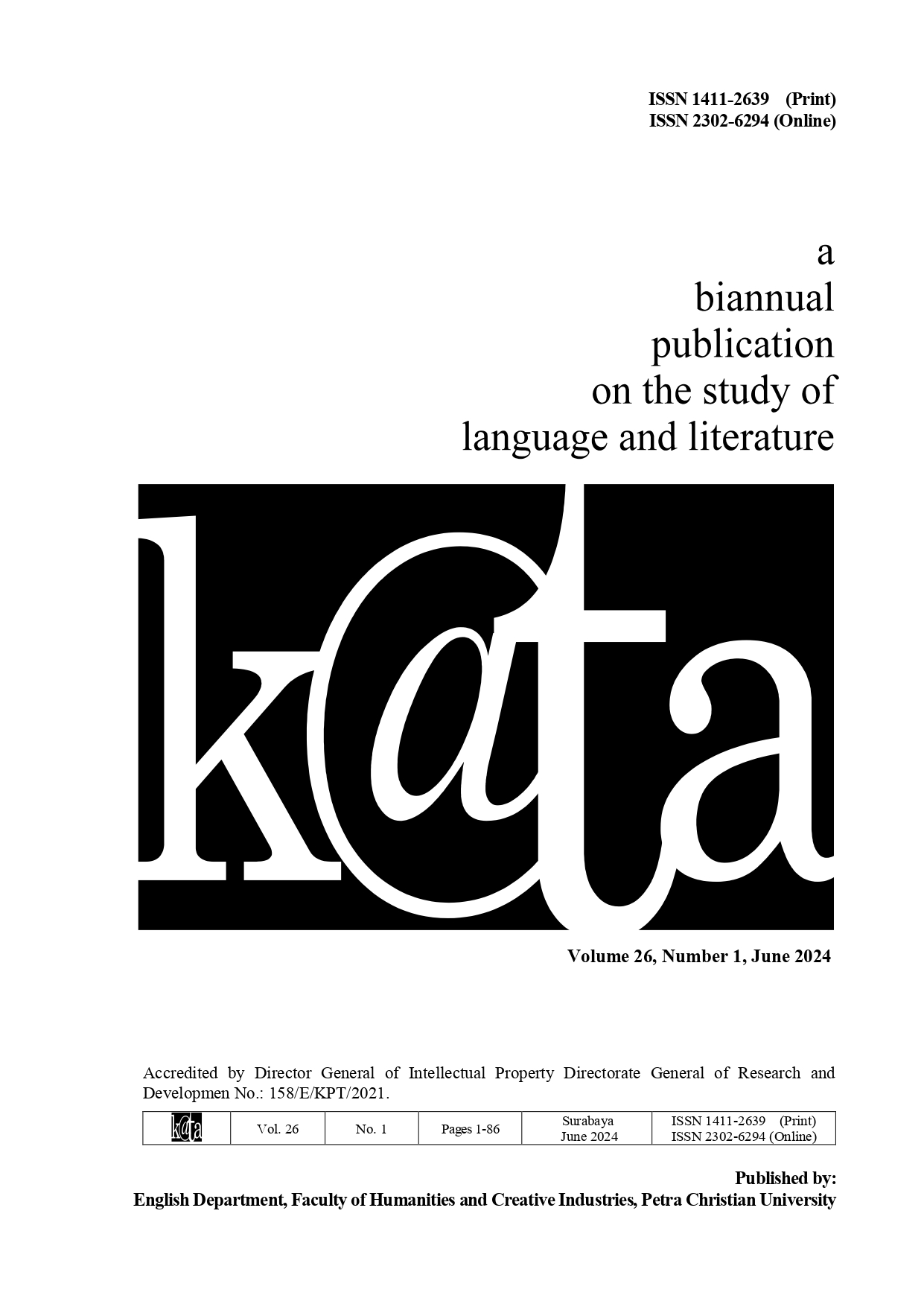Deictic Expressions in the First SONAs of Rodrigo Duterte and Ferdinand Marcos Jr.
Abstract
This study assumes that former President Rodrigo Duterte and President Ferdinand Marcos Jr. used different types of deixis in their first State of the Nation Address (SONAs). Supporting this assumption is the theory of Deictic Expressions by Stephen Levinson. This study is descriptive qualitative. Findings revealed that former President Duterte and President Marcos Jr. used different types of deixis in their speeches. The most dominant type of deixis used by former President Duterte is personal deixis, which obtained the highest frequency, particularly the pronoun "I". In contrast, the most prevalent deixis used by President Marcos is "personal deixis", particularly the pronoun "we". It is concluded that personal deixis was the most dominant type of deixis among the five types used by the two speakers in their speeches. Future researchers are encouraged to conduct a future study that will focus on the usage of deixis in books or speeches.
Downloads
References
Agustina, E. Y. (2013). Deictic expression in twilight -Breaking dawn, 1 by Stephany Meyer. Tulungagung.
Al-Azzawi, Q. O., & Ali Hussien, A. (2021). Discourse analysis of Deixises in selected narrative discourse. Turkish Journal of Computer and Mathematics Education, 12(13), 2679–2688.
Ali, A., Rashid, A., & Sultan, A. (2020). Exploring personal deixis in western music: A corpus-based study. Global Regional Review, V(), 106–117. https://doi.org/10.31703/grr.2020(V-IV).11
Asmarita, A., & Haryudin, A. (2019). An analysis deixis in Ridwan Kamil's speech at the asia Africa conference (kaa). Project, 2(5), 622. https://doi.org/10.22460/project.v2i5.p622-627
Barrett, D. J. (2014). Leadership communication (4th ed. International ed.). McGraw-Hill Education.
Byrd, D., & Mintz, T. H. (2011). Discovering speech, words, and mind. John Wiley & Sons.
Canale, M., & Swain, M. (1980). Theoretical bases of communicative approaches to second language teaching and testing. Applied Linguistics, I(1), 1–47. https://doi.org/10.1093/applin/I.1.1
Chefor, V., & Xin, Z. (2020). Understanding the use of deixis in Paul Biya’s 2019 message to Cameroonian youth. International Journal of English Language and Linguistics Research, 8(1), 1–18.
Hong-mei, X. I., Dan, L. I. U., & Dan-yu, W. (2016). A study on the adaptability of person deixis in English teacher talk. US–China Foreign Language, 14(12), 840–844. https://doi.org/10.17265/1539-8080/2016.12.002
Hymes, D. (1972). On communicative competence. In J. B. Pride & J. Holmes (Eds.), Sociolinguistics. Selected readings (pp. 269–293). Penguin.
Kaur, J. (2017). Ambiguity related misunderstanding and clarity enhancing practices in ELF communication. Intercultural Pragmatics, 14(1), 25–47. https://doi.org/10.1515/ip-2017-0002
Khalili, E. (2017). Deixis analysis in a tale of two cities written by Charles Dickens. International Academic Journal of Social Sciences, 4(3), 58–65.
Kreidler, C. (1998). Introducing English semantics. Routledge.
Levinson, S. C. (2000). Presumptive meanings. MIT Press.
Liu, L. (2021). A pragmatic analysis on person deixis in the queen’s Christmas broadcast 2019. Cultural Communication and Socialization Journal, 2(1), 1–4. https://doi.org/10.26480/ccsj.01.2021.01.04
Nurhikmah, N. (2019). The functions of deixis used by EFL teacher in classroom interaction [Unpublished Master’s thesis]. State University of Makassar.
Pratiwi, S. (2018). Person deixis in English translation of summarized Shahih Al-Bukhari Hadith in the book of As-Salat. Advances in Language and Literary Studies, 9(1), 40–43. https://doi.org/10.7575/aiac.alls.v.9n.1p.40
Purba, J. F., Pangaribuan, R., & Sihite, J. (2013). An analysis of deixis used in John’s book, holy bible. The Episteme Journal of Linguistics and Literature, 1(15), 1–19.
Raputri, E. (2022). Pragmatics study on deixis analysis in narrative texts in a textbook of SMP Nasima Semarang. Proceedings of the 6th International Conference on Science, Education and Technology (ISET 2020), 574, 390–393. https://doi.org/10.2991/assehr.k.211125.072
Retnowaty, R. (2019). Deixis in donald trump’s speech to un general assembly. Lingua Didaktika, 13(2), 109–122. https://doi.org/10.24036/ld.v13i2.106880
Saputri, K. (2016). An analysis of deixis in black swan movie script. Global Expert: Jurnal Bahasa dan Sastra, 5(1), 13–18. https://doi.org/10.36982/jge.v5i1.138
Sitorus, E. (2019). A deixis analysis of song lyrics in Calum Scott “you are the reasonâ€. International Journal of Science and Qualitative Analysis, 5(1), 24–28. https://doi.org/10.11648/j.ijsqa.20190501.14
Solihah, M., Susilawati, E., & Wardah, W. (2022). An analysis of deixis in “catching the sun†novel by tony parsons. Journal of English Education Program, 3(1), 27–39. https://doi.org/10.26418/jeep.v3i1.49784
UNESCO. (2023). Sustainable Development Goal 4 (SDG 4). Retrieved from Unesco.org. https://www.unesco.org/sdg4education2030/en/sdg4

This work is licensed under a Creative Commons Attribution 4.0 International License.
![]() This work is licensed under a Creative Commons Attribution License
This work is licensed under a Creative Commons Attribution License




.png)
.png)

.png)












